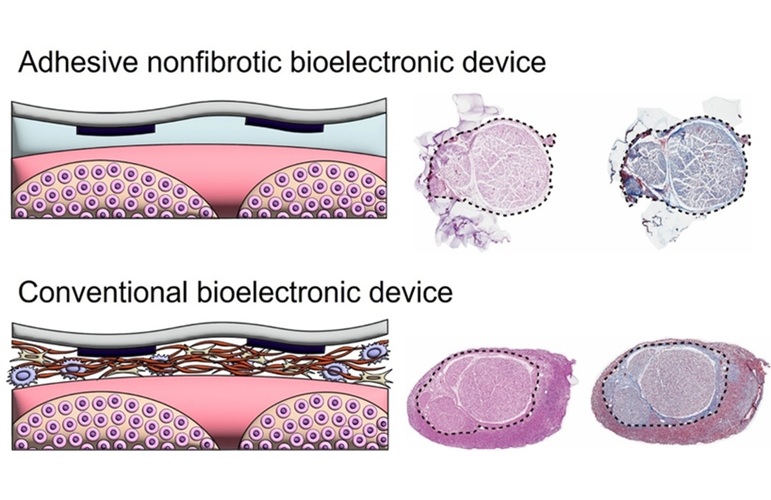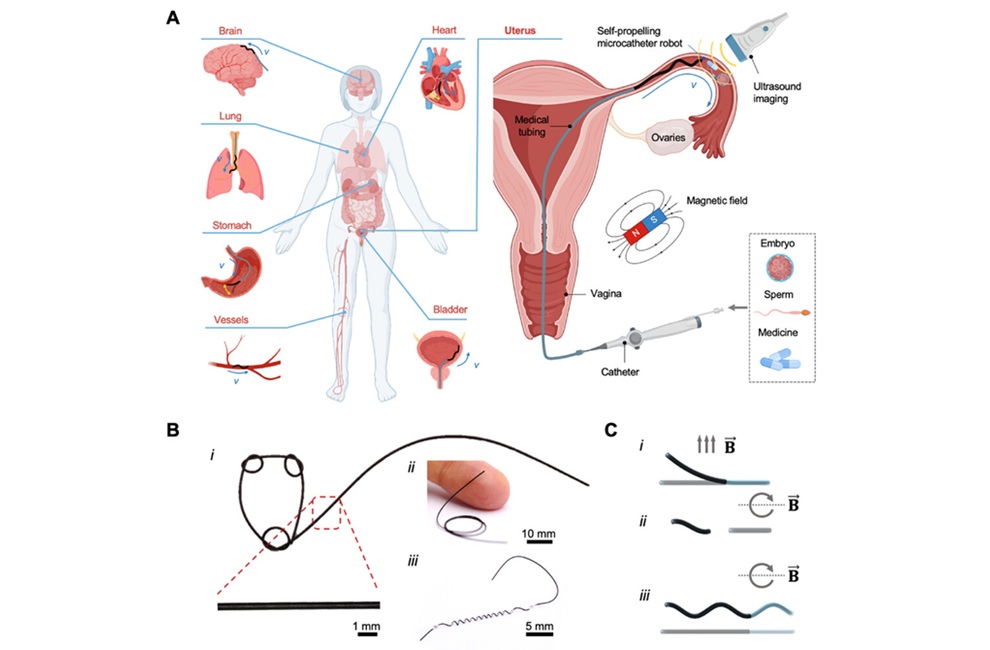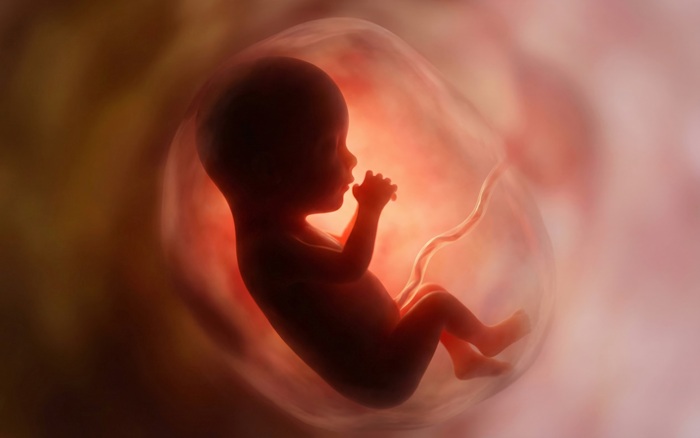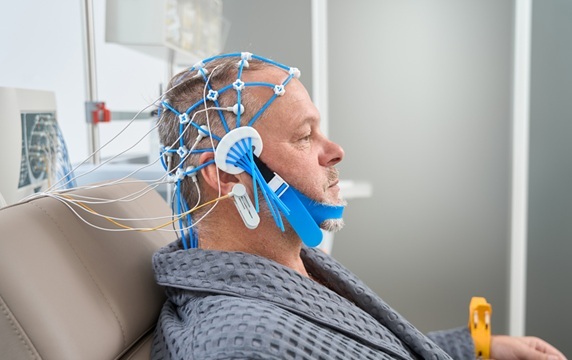New Imaging Method Facilitates Gall Bladder Removal
|
By HospiMedica International staff writers Posted on 21 Mar 2016 |
Real-time near-infrared fluorescence cholangiography (NIRFC) can help image the bile ducts during gallbladder removal surgeries, according to a new study.
Researchers at the University of California Los Angeles (UCLA; USA) conducted a prospective study involving 37 patients undergoing laparoscopic biliary and hepatic operations who were administered intravenous indocyanine green (ICG) for NIRFC. The patients were administered with different doses and times—ranging from 10 to 180 minutes—from ICG injection to visualization. The porta hepatis vein and biliary structures were then examined using a dedicated laparoscopic system equipped to detect NIRFC, and quantitatively analyzed using a scoring system.
The results showed that visualization of the extrahepatic biliary tract improved with increasing doses of ICG, and was also significantly better with increased time after ICG administration; quantitative measures also improved with both dose and time. The results suggest that a dose of 0.25 mg/kg administered at least 45 minutes prior to visualization is optimal for intraoperative anatomical identification of the extrahepatic biliary anatomy. The study was published on March 10, 2016, in Surgical Innovations.
“Injuries to the bile ducts, which carry bile from the liver to the intestines, are rare; but when they do occur, the outcomes can be quite serious and cause life-long consequences,” said lead author Ali Zarrinpar, MD, PhD. “Gallbladder removals are one of the most litigated cases in general surgery because of these injuries. Any technique that can reduce the rate of bile duct injury and increase the safety of the operation is good for patients and for surgeons.”
The gallbladder and liver can be hard to access and visualize when the areas around them are inflamed or surrounded by fat. Using a conventional imaging technique, in which the bile ducts are not clearly delineated, injuries to the ducts can occur. But when ICG is taken up by the liver and excreted into the bile, laparoscopic devices can detect the fluorescence in the bile ducts and superimpose that image onto a conventional white light image. The augmented image improves the surgeons' visualization, making it easier for them to identify the appropriate bile duct anatomy.
Related Links:
University of California Los Angeles
Researchers at the University of California Los Angeles (UCLA; USA) conducted a prospective study involving 37 patients undergoing laparoscopic biliary and hepatic operations who were administered intravenous indocyanine green (ICG) for NIRFC. The patients were administered with different doses and times—ranging from 10 to 180 minutes—from ICG injection to visualization. The porta hepatis vein and biliary structures were then examined using a dedicated laparoscopic system equipped to detect NIRFC, and quantitatively analyzed using a scoring system.
The results showed that visualization of the extrahepatic biliary tract improved with increasing doses of ICG, and was also significantly better with increased time after ICG administration; quantitative measures also improved with both dose and time. The results suggest that a dose of 0.25 mg/kg administered at least 45 minutes prior to visualization is optimal for intraoperative anatomical identification of the extrahepatic biliary anatomy. The study was published on March 10, 2016, in Surgical Innovations.
“Injuries to the bile ducts, which carry bile from the liver to the intestines, are rare; but when they do occur, the outcomes can be quite serious and cause life-long consequences,” said lead author Ali Zarrinpar, MD, PhD. “Gallbladder removals are one of the most litigated cases in general surgery because of these injuries. Any technique that can reduce the rate of bile duct injury and increase the safety of the operation is good for patients and for surgeons.”
The gallbladder and liver can be hard to access and visualize when the areas around them are inflamed or surrounded by fat. Using a conventional imaging technique, in which the bile ducts are not clearly delineated, injuries to the ducts can occur. But when ICG is taken up by the liver and excreted into the bile, laparoscopic devices can detect the fluorescence in the bile ducts and superimpose that image onto a conventional white light image. The augmented image improves the surgeons' visualization, making it easier for them to identify the appropriate bile duct anatomy.
Related Links:
University of California Los Angeles
Latest Surgical Techniques News
- Catheter-Based Procedures Offer Less Invasive Option for Treatment of Valvular Disease
- Laparoscopic Surgery Improves Outcomes for Severe Newborn Liver Disease
- Novel Endoscopy Technique Provides Access to Deep Lung Tumors
- New Study Findings Could Halve Number of Stent Procedures
- Breakthrough Surgical Device Redefines Hip Arthroscopy
- Automated System Enables Real-Time "Molecular Pathology" During Cancer Surgery
- Groundbreaking Procedure Combines New Treatments for Liver Tumors
- Ablation Reduces Stroke Risk Associated with Atrial Fibrillation
- Optical Tracking Method Identifies Target Areas in Robot-Assisted Neurosurgery
- General Anesthesia Improves Post-Surgery Outcomes for Acute Stroke Patients
- Drug-Coated Balloons Can Replace Stents Even in Larger Coronary Arteries
- Magnetic Kidney Stone Retrieval Device Outperforms Ureteroscopic Laser Lithotripsy
- Absorbable Skull Device Could Replace Traditional Metal Implants Used After Brain Surgery
- Magic Silicone Liquid Powered Robots Perform MIS in Narrow Cavities
- 'Lab-on-a-Scalpel' Provides Real-Time Surgical Insights for POC Diagnostics in OR
- Biodegradable Brain Implant Prevents Glioblastoma Recurrence
Channels
Critical Care
view channel
Bioadhesive Strategy Prevents Fibrosis Around Device Implants on Peripheral Nerves
Peripheral nerves connect the brain and spinal cord to muscles, organs, and sensory systems, making them key targets for treating neurological and systemic diseases. However, implantable bioelectronic... Read more
Miniature Non-Invasive Robotic Catheters to Improve Infertility Treatments
Minimally invasive procedures in reproductive and gynaecological medicine are often limited by the difficulty of navigating narrow, delicate anatomical pathways without damaging surrounding tissue.... Read moreSurgical Techniques
view channel
Catheter-Based Procedures Offer Less Invasive Option for Treatment of Valvular Disease
Valvular heart disease, caused by tight or leaky valves between heart chambers, affects up to 10% of older adults and leads to more than 120,000 deaths globally each year. Traditional open-heart surgery... Read moreLaparoscopic Surgery Improves Outcomes for Severe Newborn Liver Disease
Biliary atresia is a rare but life-threatening liver condition in newborns that blocks bile flow and leads to progressive liver damage if not treated early. Surgery is typically performed within the first... Read morePatient Care
view channel
Revolutionary Automatic IV-Line Flushing Device to Enhance Infusion Care
More than 80% of in-hospital patients receive intravenous (IV) therapy. Every dose of IV medicine delivered in a small volume (<250 mL) infusion bag should be followed by subsequent flushing to ensure... Read more
VR Training Tool Combats Contamination of Portable Medical Equipment
Healthcare-associated infections (HAIs) impact one in every 31 patients, cause nearly 100,000 deaths each year, and cost USD 28.4 billion in direct medical expenses. Notably, up to 75% of these infections... Read more
Portable Biosensor Platform to Reduce Hospital-Acquired Infections
Approximately 4 million patients in the European Union acquire healthcare-associated infections (HAIs) or nosocomial infections each year, with around 37,000 deaths directly resulting from these infections,... Read moreFirst-Of-Its-Kind Portable Germicidal Light Technology Disinfects High-Touch Clinical Surfaces in Seconds
Reducing healthcare-acquired infections (HAIs) remains a pressing issue within global healthcare systems. In the United States alone, 1.7 million patients contract HAIs annually, leading to approximately... Read moreHealth IT
view channel
EMR-Based Tool Predicts Graft Failure After Kidney Transplant
Kidney transplantation offers patients with end-stage kidney disease longer survival and better quality of life than dialysis, yet graft failure remains a major challenge. Although a successful transplant... Read more
Printable Molecule-Selective Nanoparticles Enable Mass Production of Wearable Biosensors
The future of medicine is likely to focus on the personalization of healthcare—understanding exactly what an individual requires and delivering the appropriate combination of nutrients, metabolites, and... Read moreBusiness
view channel
Philips and Masimo Partner to Advance Patient Monitoring Measurement Technologies
Royal Philips (Amsterdam, Netherlands) and Masimo (Irvine, California, USA) have renewed their multi-year strategic collaboration, combining Philips’ expertise in patient monitoring with Masimo’s noninvasive... Read more
B. Braun Acquires Digital Microsurgery Company True Digital Surgery
The high-end microsurgery market in neurosurgery, spine, and ENT is undergoing a significant transformation. Traditional analog microscopes are giving way to digital exoscopes, which provide improved visualization,... Read more
CMEF 2025 to Promote Holistic and High-Quality Development of Medical and Health Industry
The 92nd China International Medical Equipment Fair (CMEF 2025) Autumn Exhibition is scheduled to be held from September 26 to 29 at the China Import and Export Fair Complex (Canton Fair Complex) in Guangzhou.... Read more









.jpg)






